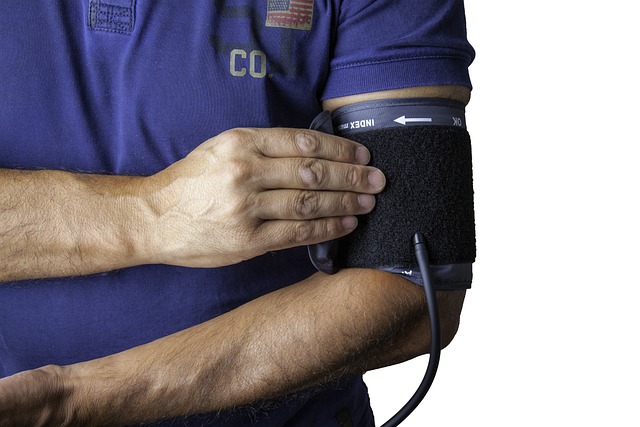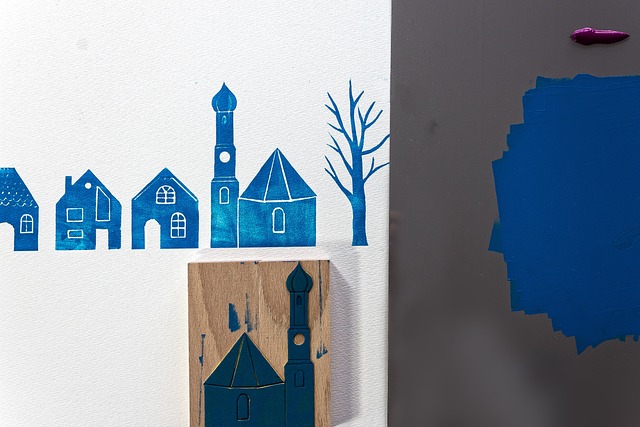Low water pressure in homes can result from multiple factors, including clogs, outdated pipes, corrosion, or faulty valves. Troubleshooting involves checking valves, examining supply lines, testing aerators, and verifying water heater settings. Simple repairs like fixing leaks and replacing components often resolve issues, while regular maintenance prevents future problems. For persistent low pressure, installing a regulator, clearing obstructions, or consulting a plumber is recommended, addressing the underlying causes of low water pressure for effective solutions.
Low water pressure can turn a relaxing shower into a frustrating experience. This common household issue might seem simple, but identifying its root cause is key to effective troubleshooting. In this article, we’ll guide you through understanding the causes of low water pressure—from leakages and faulty valves to problems in your main supply line. By the end, you’ll be equipped with the knowledge to diagnose and solve the issue, ensuring a steady and powerful flow back into your home.
- Understanding Low Water Pressure: The Common Causes
- Diagnosing the Issue: A Step-by-Step Guide
- Solving Low Water Pressure: Effective Solutions and Prevention Tips
Understanding Low Water Pressure: The Common Causes

Low water pressure is a common household issue that can disrupt your daily routines, from taking a shower to doing laundry. Understanding the causes behind this problem is the first step in finding an effective solution. The most frequent causes of low water pressure include issues within your plumbing system, water supply lines, or fixtures.
One of the primary culprits is a partial clog or complete blockage in the pipes or drains. Over time, mineral deposits, debris, and even tree roots can infiltrate and narrow down these passageways, restricting water flow. Another common cause is faulty pressure regulator valves that fail to maintain adequate water pressure throughout your home. Additionally, outdated or worn-out pipes might have developed leaks or weak spots, leading to a decrease in water pressure at individual fixtures.
Diagnosing the Issue: A Step-by-Step Guide

Diagnosing low water pressure issues can seem daunting, but with a systematic approach, it becomes manageable. Here’s a step-by-step guide to help you pinpoint the cause:
1. Check All Valves and Fixtures: Start by inspecting every valve and fixture in your home or building. Ensure they are fully open, as even a slightly closed valve can significantly reduce water pressure. Sometimes, a simple twist of the handle can resolve the problem.
2. Examine Water Supply Lines: Look for any visible signs of damage, corrosion, or leaks along your water supply lines. These issues can restrict water flow and cause low pressure. Replace any damaged pipes to restore proper water pressure.
3. Test Faucet Aerators: The aerator on your faucet blends air with water, helping maintain pressure. Over time, these can become clogged or worn out, reducing water output. Remove the aerator and clean it or replace it if necessary.
4. Check Water Heater Settings: An improperly set water heater can affect pressure. Ensure the temperature is set according to the manufacturer’s guidelines, and the tank has adequate pressure relief valves functioning correctly.
5. Investigate Water Meter Readings: Take readings at different times of day, especially after significant water usage, such as during a shower or running multiple appliances simultaneously. A sudden drop in meter readings could indicate a problem with your water supply or distribution system.
Solving Low Water Pressure: Effective Solutions and Prevention Tips

Low water pressure can be a frustrating issue, but understanding its causes is the first step to effective solutions. Common culprits include leaky pipes, corroded valves, or an insufficient water supply. These problems can often be addressed with relatively simple repairs, such as fixing a dripping faucet or replacing worn-out components. Regular maintenance plays a crucial role in prevention; check for leaks and ensure all valves are functioning properly at least twice a year.
To enhance and maintain water pressure, consider installing a water pressure regulator, especially if you have old plumbing. This device adjusts the incoming water pressure, ensuring a consistent flow throughout your home. Additionally, clearing obstructions in pipes or aerators can significantly improve water pressure. If the issue persists, consulting a professional plumber is advisable to identify and address any complex problems.
Low water pressure can significantly impact your daily routines, but with the right knowledge, it’s a problem you can effectively diagnose and solve. By understanding the common causes, following a structured diagnosis process, and implementing proven solutions, you can restore optimal water pressure in your home or workspace. Remember, addressing low water pressure proactively not only enhances your comfort but also prevents more serious plumbing issues down the line.
